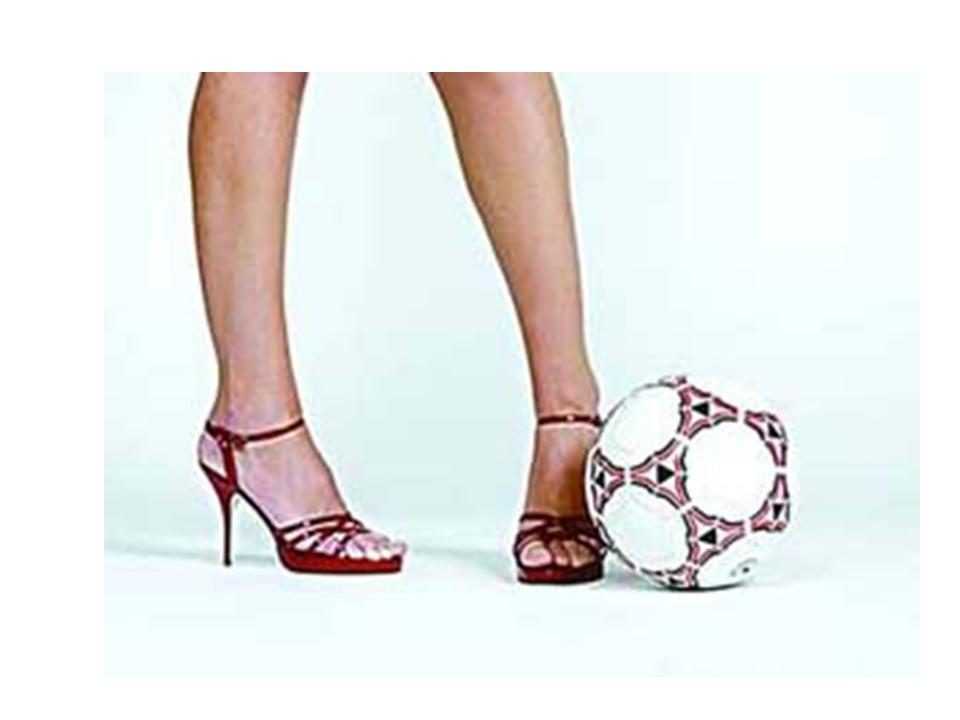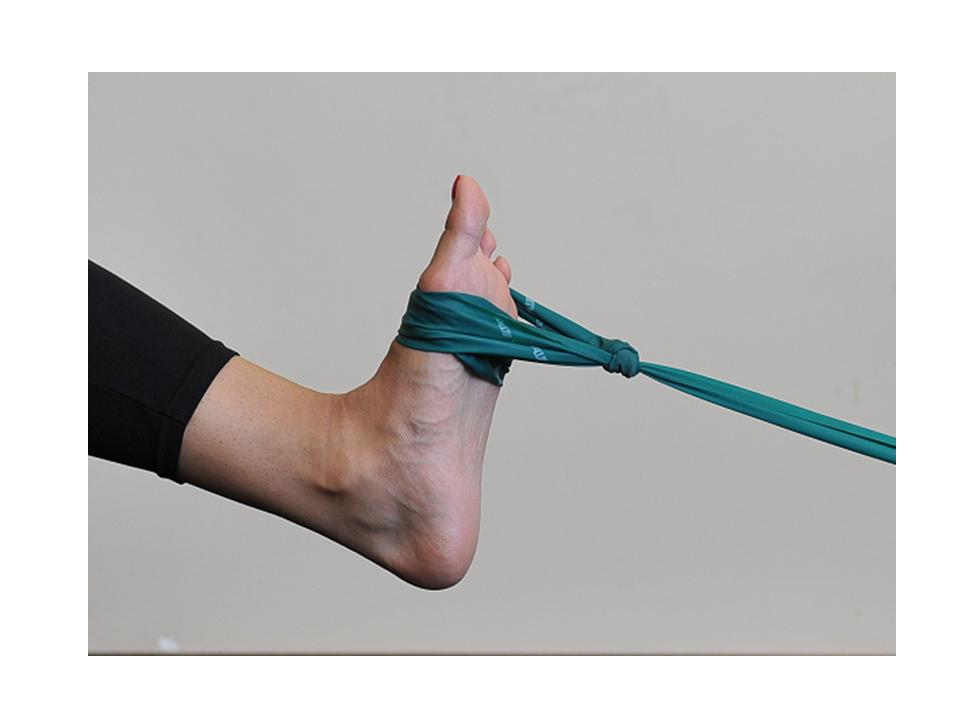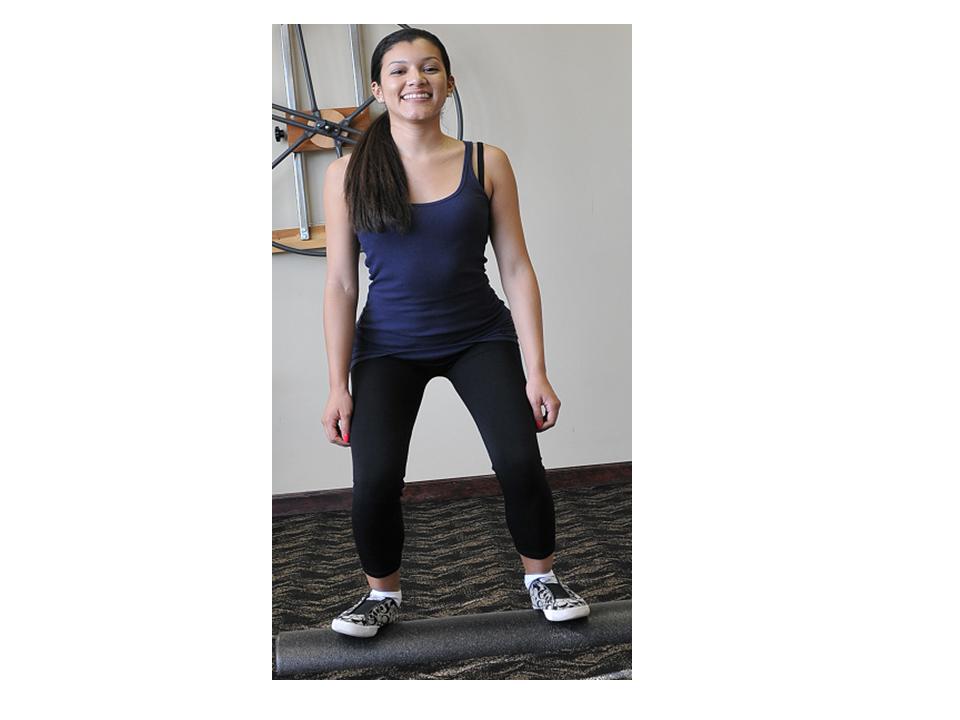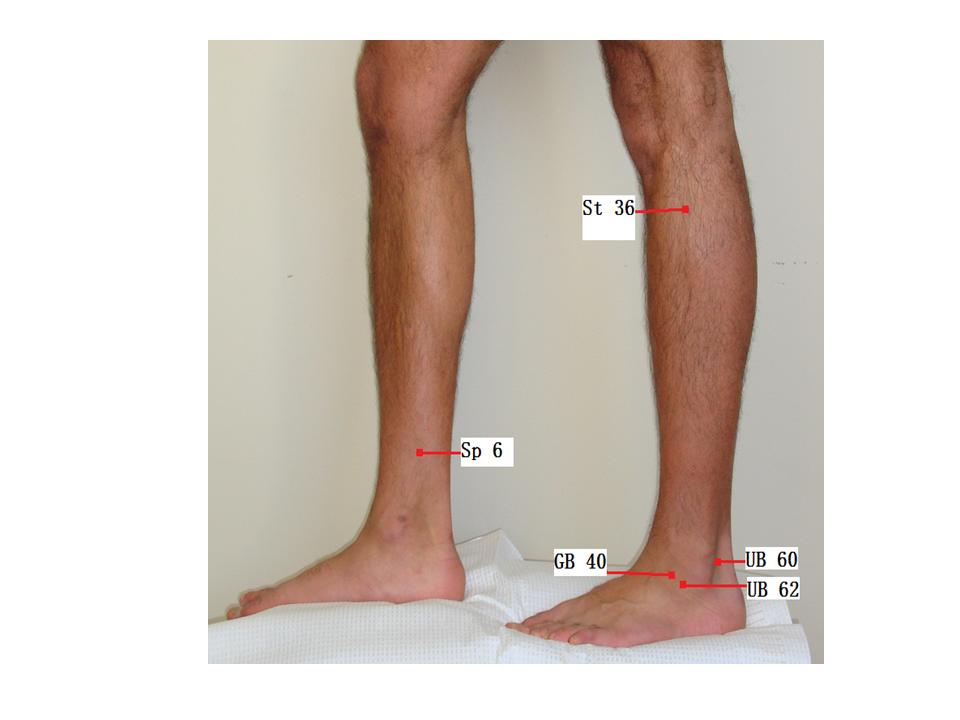News Letter, Vol. 3 (9), September, 2011, © Copyright
Jun Xu, M.D. Lic. Acup., Hong Su, C.M.D., Lic. Acup.
Robert Blizzard III, DPT
Rehabilitation Medicine and Acupuncture Center
1171 East Putnam Avenue, Building 1, 2nd Floor
Greenwich, CT 06878
Tel: (203) 637-7720
Lateral Ankle Sprain
Fig 9.1
Douglas is a 26 year-old male football player who has been experiencing right lateral ankle pain after a month of strenuous exercise. He was training for the 100-meter dash when he felt a pain in his right ankle that caused him to fall. He was immediately taken to a sports medicine doctor who found his right ankle to be moderately swollen, though because of the severe pain Douglas felt, the doctor immediately sent him for an MRI without contrast of the right ankle. The MRI showed no fracture, no ankle bone dislocation, though showed there was a ligament sprain of the right ankle.
The patient was given preventative treatment known as RICE, which stands for: R is rest; the patient was ordered to stay off the right ankle. I is ice for ice packs to be held to the affected area to decrease both the inflammation and the swelling. C is for compression: the patient was given an elastic sock to wear on his right ankle and E is elevation, so the patient was instructed to elevate his leg to decrease the edema and the swelling.
The patient gradually felt better, however he still felt pain in the right lateral ankle after a month, so he came to me for further treatment and evaluation.
I noted the ankle was still slightly swollen and the lateral right side of it was very tender. The range of motion of the right ankle dorsiflexion, i.e. his right foot bend up to his nose was 0-30 degrees and the plantarflexion, i.e. his foot bend down to the ground, 0-20 degrees, though with pain.
The patient had suffered a lateral ankle sprain, the most common form of ankle sprains, which accounts for 80% of this type injury. There are three small ligaments in the ankle which are very easy to sprain.
- Anterior talofibular ligament (ATFL): This is the most common ligament injury
- Calcaneofibular ligament (CLF): This is the second most common and
- Posterior talofibular ligament (PTFL): This is the last to be injured.
http://www.webmd.com/hw-popup/ankle-sprain Fig 9.2
All of these three ligaments function to stabilize the ankle during inversion, so when the ankle experiences inversion on the plantarflexed foot, this is the most vulnerable position.
http://www.midwestsportsfans.com Fig 9.3
Ankle Sprain Causes
The ankle pain is most often caused by injury to the ligaments, not bone. Ankle ligaments, especially as mentioned above are injured most commonly when the foot is turned inward or inverted by a force greater than the ankle ligaments can sustain. This kind of injury can happen in the following ways:
- Sports: such as football, basketball, tennis, when the athlete landed with the plantar foot inverted and the downward force. A common example is a basketball player who goes up for a rebound and comes down on top of another player’s foot. This can cause the rebounder’s foot to roll inward.)
- Fall while stepping on an irregular surface, such as stepping in a hole.
- The most common ankle sprains are Inversion injuries, in which the foot rolls inward, are more common than eversion injuries (also referred to as a high ankle sprain), in which the foot twists outward.
There are three grades of lateral ankle sprains:
- Grade 1 is mild, which includes partial tear of the ATFL and intact CFL and PTFL. There is no instability, mild swelling and point tenderness at the lateral aspect of the ankle.
- Grade 2 is moderate. There is a complete tear of the ATLF and partial tear of the CLF. The patient’s ankle is very unsteady and exhibits diffuse swelling and ecchymosis.
- Grade 3, severe. This is the complete tear of the ATFL and CFL. The patient in this case is extremely unsteady.
Western medicine treatment.
- During the acute stage the ankle is treated with RICE, as detailed above.
- Nonsurgical treatment only can treat grade 1 and possibly part of grade 2; grade 3 requires surgery.
- Physical Therapy:
A rocker boot helps to promote a more natural gait while providing stability for severe ankle sprains, fractures of the foot and for post-operative use. There are many types of rocker boots, but most feature adjustable air cells to ensure a custom snug fit to accommodate any foot.
Ensuring optimal pain free motion is needed to help with recovery. Starting with Active Range of Motion perform up to 30 pain free reps of the 4-Way Ankle Movements before moving on to resistance with strengthening. Strengthening the muscles of the ankle and lower leg is important to prevent imbalances and future weakness in the ankle.
1: Dorsiflexion – foot is pulled back towards the body against resistance
2: Plantarflexion – foot is pushed down away from the body against resistance
3: Inversion – foot is turned down and in against the resistance
4: Eversion – foot is turned up and out against the resistance
Fig 9.4
Fig 9.5
Fig 9.6
To continue to strengthen the stabilizing muscles of the ankle and improve proprioception work on standing balance on the ground. After, continue to progress to balance with a foam pad for 2 sets of 30 seconds.
Fig 9.8
This will assist in strengthening the stabilizing muscles of the ankle and help to regain balance in circumstances where the ankle may be injured again such as in basketball when going up for rebound and coming down on another players ankle. The wobble board once balance is achieved in standing on a flat surface and on the foam pad can be used again, this time in a standing position.
Traditional Chinese medicine treatment:
Many patients tried everything before they came to me. They usually had different treatments for years. However, they still feel pain with difficulty standing, and walking. They have extreme pain by walking a long distance, such as during vacation. Acupuncture might be their last resort.
My personal experience is that we first have to make a clear diagnosis by palpating the tender points to differentiate injuries of the three ligaments: the most common injured ligament is ATFL, the second most common injured ligaments are ATFL and CFL. You will see rarely the PTFL injury. After palpation, you can clearly understand the source of the problems. Then you can treat the injury accordingly.
The following acupuncture points are usually selected: Sp 6 San Ying Jiao, UB 62 Sheng Mai, GB 40 Qiu Xu, UB 60 Kun Lun, PC 6 Nei Guan, and St 36 Zu San Li.
Sp 6 is the crossing points for three Ying Meridians, therefore, it can adjust all three meridians energy, and smooth the blood and qi. UB62 is located at the ATFL, therefore, it is very important to use for the ATFL injury. GB41 coincident at CFL, it will help UB62, both UB 62 and GB 41 will bring blood flow to the injured ATFL and CFL ligaments to facilitate healing. PC 6 and St 36 helps adjust the entire energy flow in the body.
| Points | Meridian/No. | Location | Function/Indication | |
| 1 | San Yin Jiao | Sp 6 | 3 inches directly above the tip of the medial malleolus, on the posterior border of the medial aspect of the tibiaFigure 24.22 | Abdominal pain, distension, diarrhea, dysmenorrheal, irregular menstruation, uterine bleeding, morbid leucorrhea, prolapse of the uterus, sterility, delayed labor, night bed wet, impotence, enuresis, dysuria, edema, hernia, pain in the external genitalia, muscular atrophy, motor impairment, paralysis and leg pain, headache, dizziness and vertigo, insomnia |
| 2 | Shen Mai | UB 62 | In the depression directly below the external malleolus | Epilepsy, mania, headache, dizziness, insomnia, backache, aching of the leg |
| 3 | Qiu Xu | GB 40 | Anterior and inferior to the external malleolus, in the depression on the lateral side of the tendon of extensor digitorum longus | Pain in the neck, swelling in the axillary region, pain in the hypochondriac region, vomiting, acid regurgitation, muscular atrophy of the lower limbs, pain and swelling of the external malleolus, malaria. |
| 4 | Kun Lun | UB 60 | In the depression between the external malleolus and archillus tendon | Headache, blurring of vision, neck rigidity, epistaxis, pain in the shoulder, back and arm, swelling and heel pain, difficult labor, epilepsy |
| 5 | Nei Guan | PC 6 | 2 inch above the transverse crease of the wrist, between the tendons of m. palmaris longus and m. flexor radialis. | Cardiac pain, palpitation, stuffy chest, pain in the hypochondriac region, stomachache, nausea, vomiting, hiccup, mental disorders, epilepsy, insomnia, febrile diseases, irritability, malaria, contracture and pain of the elbow and arm. |
| 6 | Zu San Li | St 36 | 3 inch below St. 35 Du Bi, one finger below the anterior crest of the tibia, in the muscle of tibialis anterior | Gastric pain, vomiting hiccup, abdominal distension, borborygmus, diarrhea, dysentery, constipation, mastitis, enteritis, aching of the knee joint and leg, beriberi, edema, cough, asthma, emaciation due to general deficiency, indigestion, apoplexy, hemiplegia, dizziness, insomnia, |
Fig 9.9
Treatment course for Douglas:
Douglas underwent my treatment 2-3 x per week for about 5 weeks, besides acupuncture treatment, he also was guided to have strengthening exercise for his right ankle. I realized that acupuncture treatment only might take a longer time to recover, however, if we combine acupuncture with physical therapy and ankle brace, the patient will have much less pain and resume their regular walk sooner. After 5 weeks treatment, Douglas started his regular walk with mild tenderness; he can sustain much longer ambulation without pain.
Tips for Acupuncturist:
-
- Acupuncture and physical therapy can treat only the grade 1 ankle sprain. If grade 2 or 3 is concerned, you should encourage the patient to consult an orthopedic physician.
- Acupuncture is a good treatment for long-term ankle pain, you may need to treat the patient for a few months in order to get better results.
- You should encourage your patients to use ankle brace to protect ankle joint.
- Electrical stimulation with UB 60, UB 62 and GB40 for 30 min are very important.
Tips for Patients:
- For grade 3 sprain, you may consider surgery for reparation. However, if you have grade 1 or 2, be very cautious to have surgery. I have patients who went through many surgeries, have had long term pain for many years.
- You should always massage the three points, UB 60, UB 62 and GB40 5-10 min in the morning and evening everyday. If you have anti-inflammatory cream for massage, you will get better results.










One comment
Sue Xu
July 23, 2012 at 7:01 pm
thank you very much for your clear presentation, it is really helpful for me to treat ankle sprain,